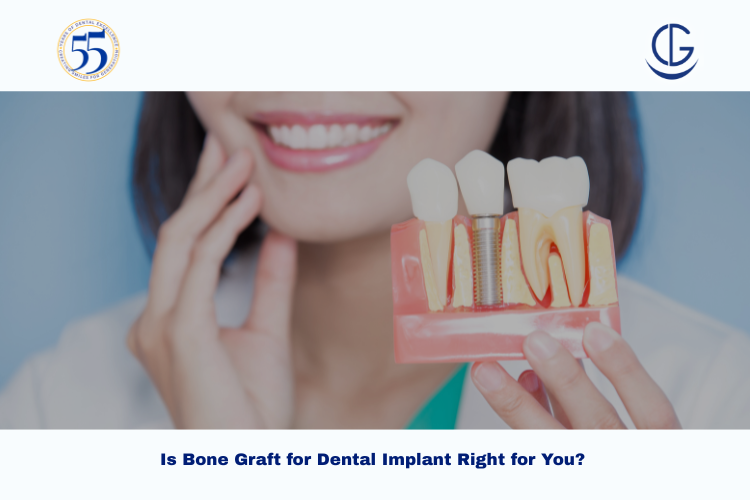Schedule Appointment




Are you planning to get dental implants but told you lack enough bone in your jaw? A bone graft for a dental implant may be the solution. At Dr. Gowds Dental Hospitals in Hyderabad, we offer advanced bone grafting procedures to strengthen your jawbone and pave the way for successful dental implants.
Is a bone graft necessary for a dental implant? A bone graft for dental implant is a dental procedure used to rebuild or add bone to the jaw in areas there aren’t enough bone mass to support a dental implant. Strong and healthy natural bone is necessary for dental implants, but that is not always sufficient. If bone has been lost because of periodontal disease or some other reason, it may be necessary to create a suitable site for the implant from bone grafting.
Dental implants mimic natural teeth by anchoring a titanium post into your jawbone. If your jawbone is too weak or has shrunk due to missing teeth, trauma, or gum disease, the implant can fail. A bone graft for dental implant:
At Dr. Gowds Dental Hospitals, we use cutting-edge 3D imaging to assess bone density and craft a personalized treatment plan.
Many patients need bone grafts before getting implants. You may require one if you:
A consultation at Dr. Gowds Dental Hospitals can determine whether you’re a candidate for bone grafting and which type is best for your case.
There are several options available depending on your medical history, oral health, and the extent of bone loss.
Pros: No risk of disease transmission; best healing rates
Cons: Requires two surgical sites (donor and recipient)
Pros: No need for secondary surgery
Cons: Slightly slower integration
Pros: Readily available; good scaffold for new bone
Cons: Slower natural bone replacement
Pros: No risk of disease; readily available
Cons: May not integrate as well as natural bone in complex cases
At Dr. Gowds Dental Hospitals, our specialists choose the ideal graft based on your medical needs and aesthetic goals.
The bone graft for dental implant procedure is performed under local anesthesia or sedation. It typically includes the following steps:
Patients at Dr. Gowds Dental Hospitals often report improved confidence and satisfaction post-treatment.
Recovery varies depending on the graft type and site, but most patients experience:
We provide personalized aftercare instructions and routine check-ins to ensure your graft heals well before your implant is placed.
Choosing an experienced dental surgeon—like those at Dr. Gowds Dental Hospitals—minimizes risks and ensures safe healing.
When it comes to restoring your smile, trust Hyderabad’s leading experts.
A dental implant bone graft can make the difference between having a successful, long-term dental implant, or having one that won’t last long if you are experiencing bone loss due to aging, trauma or disease. Knowing what’s involved in the process, the variety of options that are available, as well as the good and the bad that may result, is the first step to becoming informed.
If you are interested in learning the cost of dental implants in Hyderabad and believe you might have bone loss, schedule a consultation with Dr Gowds Dental Hospitals today. Your journey to a healthier, more confident smile begins here.
Dental Implant Bone Graft A dental implant bone graft is a bone implant which can be used to add or restore bone in a jaw that is too small or soft to support a dental implant. The stability and long-term success of implants are enhanced.
It often takes 3 to 6 months to heal, depending on the graft type and the state of your overall health. Your dentist will monitor the integration before placing the implant.
It is performed under anesthesia, so pain is not much of a concern. Mild pain and swelling after the surgery is usually experienced and it can be controlled by medication.